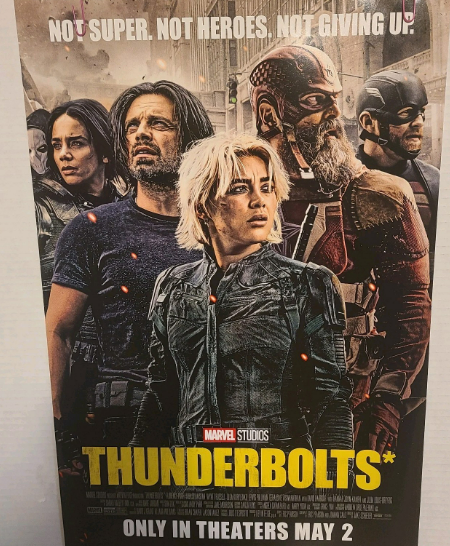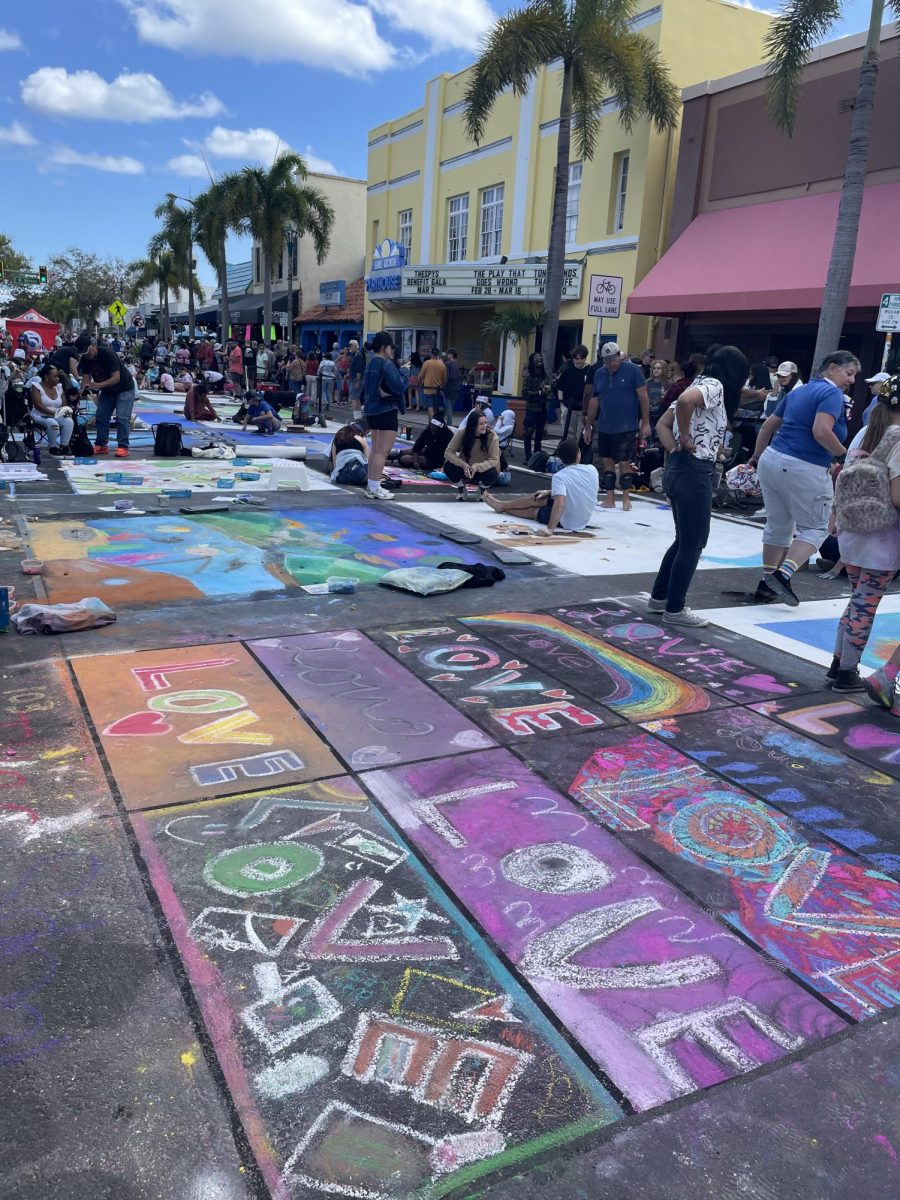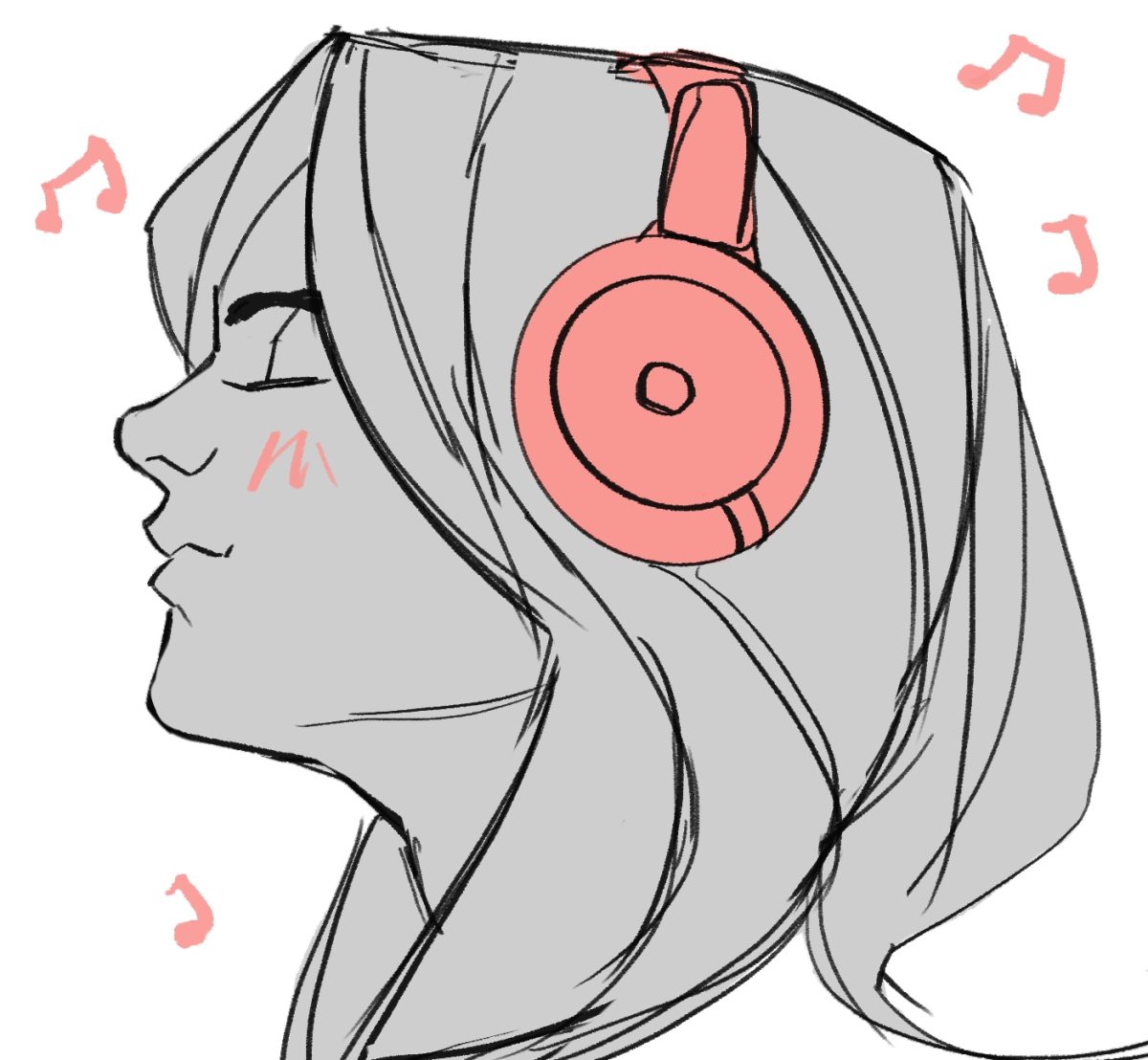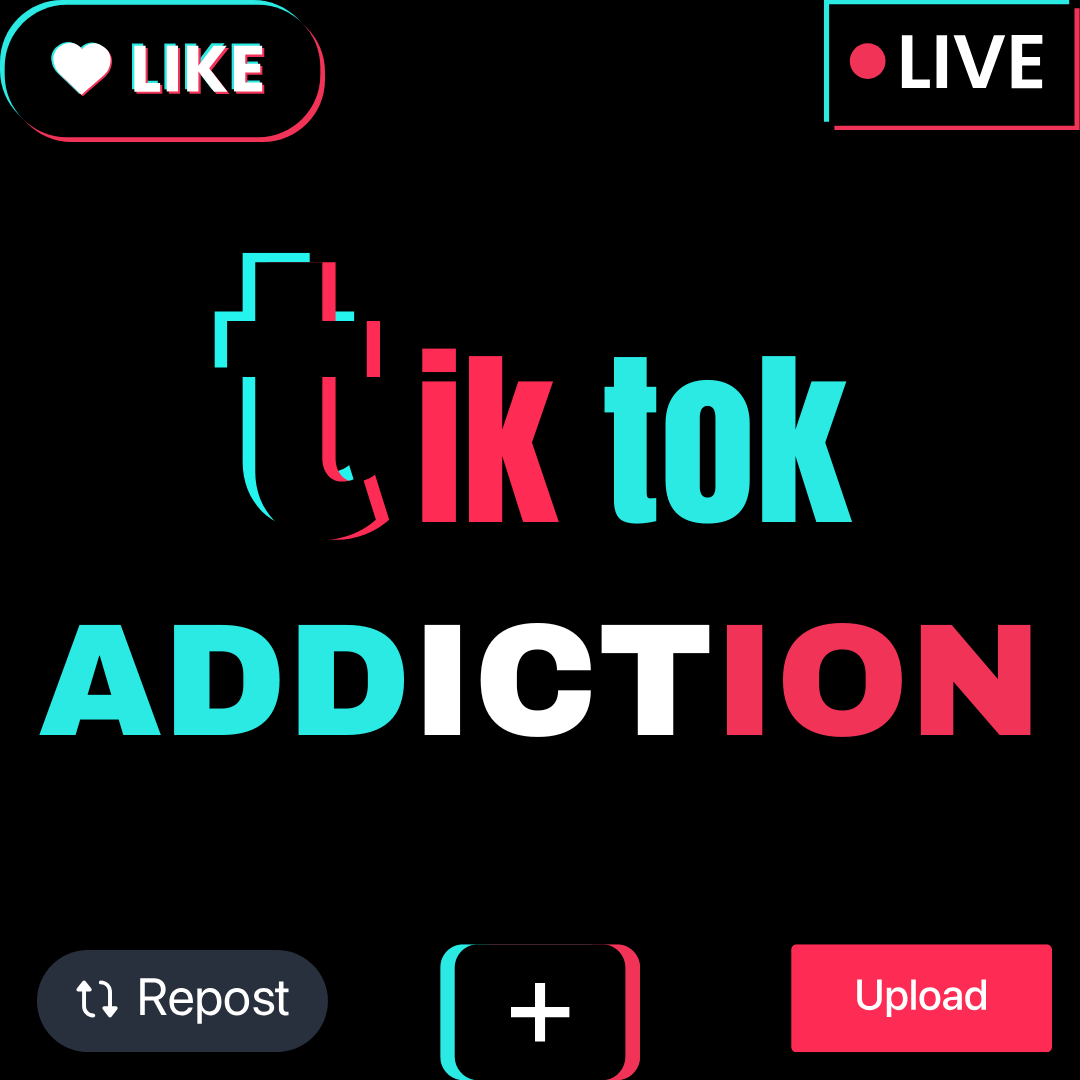Kurt Cobain was the front man of the band that started a new era: grunge. HBO released a documentary that follows Cobain from when he was a kid in Aberdeen, Washington, all the way to his death. The documentary contains interviews with his parents, sister, former band mate Krist Novoselic, Courtney Love, and even his ex-girlfriend.
It starts off with homemade footage of young Cobain, with the accompanied interviews with his family. It explains how Cobain moved from house to house due to bad behavior. The documentary also describes him as a troubled kid, who just wanted a home with a complete family after his parents divorced. Lost tapes bring viewers closer to Cobain by, in a multitude of different ways, showing off the things he liked and drew influence from.
The documentary then leads into the album that launched Nirvana into fame. Their album Nevermind was released September 24th, 1991, and it was a huge success. The song “Smells Like Teen Spirit” was the hit of the album. When people talk about Nirvana, chances are that that’s the song everyone remembers. After the release, Cobain was thrown into the limelight, and in the documentary, you watch as he grows weary and tired of interviews. Viewer begin to see that he only wanted to make music and preform in front of a crowd.
Towards the end, viewers get a look into his substance abuse, his marriage, and the birth of his daughter through real footage made by the ones around him.
In the end, disregarding any theories of his death, it says he had taken his own life at only 27 years old.
Through journal entries and drawings from the man himself, you see into Cobain’s mind, as well as how he felt about life, his music, and Courtney. The footage is raw, and it humanizes the legend into a person that teens today continue to adore.
Many things can be taken from this documentary, such as what fame can really be like, or the devastation of substance abuse and addiction. When Cobain was alive, resources such as the National Suicide Prevention Lifeline (1800-273-8255) weren’t available. Now that they are, it’s widely encouraged for anyone struggling with personal struggles such as addiction, suicide, and depression, to reach out to these resources for help.









